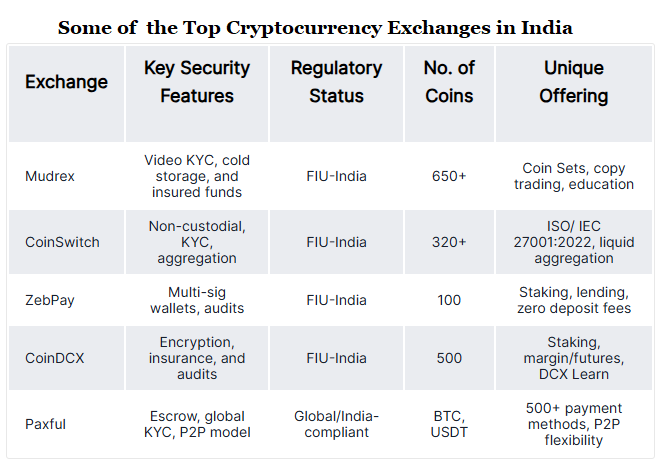7667766266
enquiry@shankarias.in
Main Syllabus: GS II - Government policies and interventions for development in various sectors and issues arising out of their design and implementation.
In May 2025, the Supreme Court of India questioned the absence of comprehensive and clear crypto regulation in India.
A non-fungible token is a unique digital identifier that is recorded on a blockchain and is used to certify ownership and authenticity.To Know More about, NFTs Click Here.

Reverse Charging of GST means the GST will have to be paid directly by the receiver instead of the supplier.